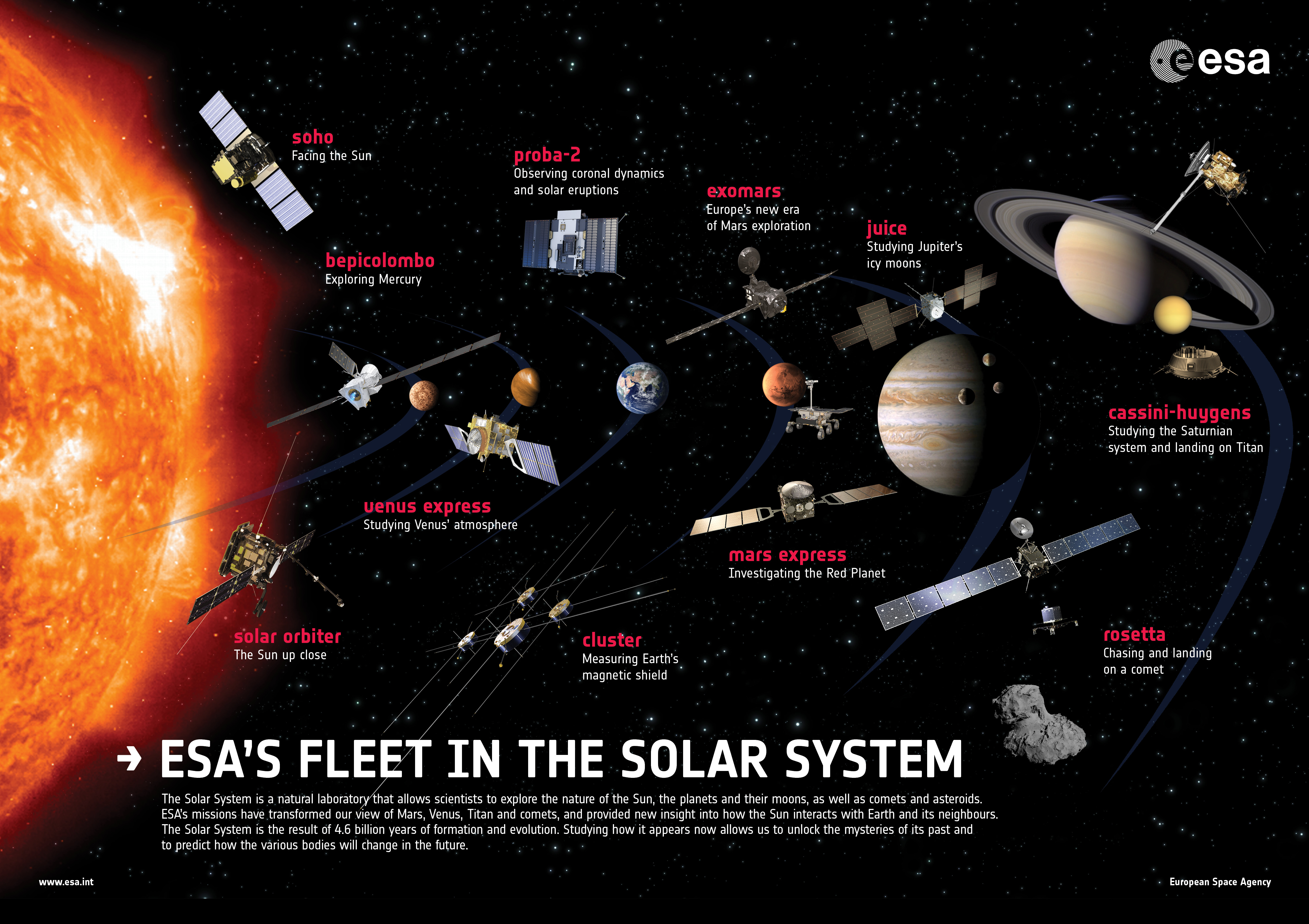| Description: | At present, planetary missions rely largely on radio tracking data for their orbit determination, and the estimation of related (geodetic) parameters. Radio systems produce range-rate, range and VLBI data, with typical accuracies on the order of 0.025 mm/s (at 60 s integration time), 1 m and 1 nrad, respectively. This includes the data generated through the JIVE-led PRIDE technique, which has been selected as one of 11 scientific experiments on the ESA-led JUICE mission. Radio data have generated a wealth of information on interiors, formation and evolution of solar system bodies, and continue to be the backbone of planetary geodesy, by providing determinations of gravity fields, ephemerides, tidal properties, rotational states, etc. In addtion to the typical radio tracking observables, future missions may include a laser tracking system. Such a system would provide sub-cm accuracy range data. In this talk, I will give an overview of the architecture, methodology and applications of past and present tracking in planetary missions, as well as plans for future missions, including the possible application of laser tracking systems. |

